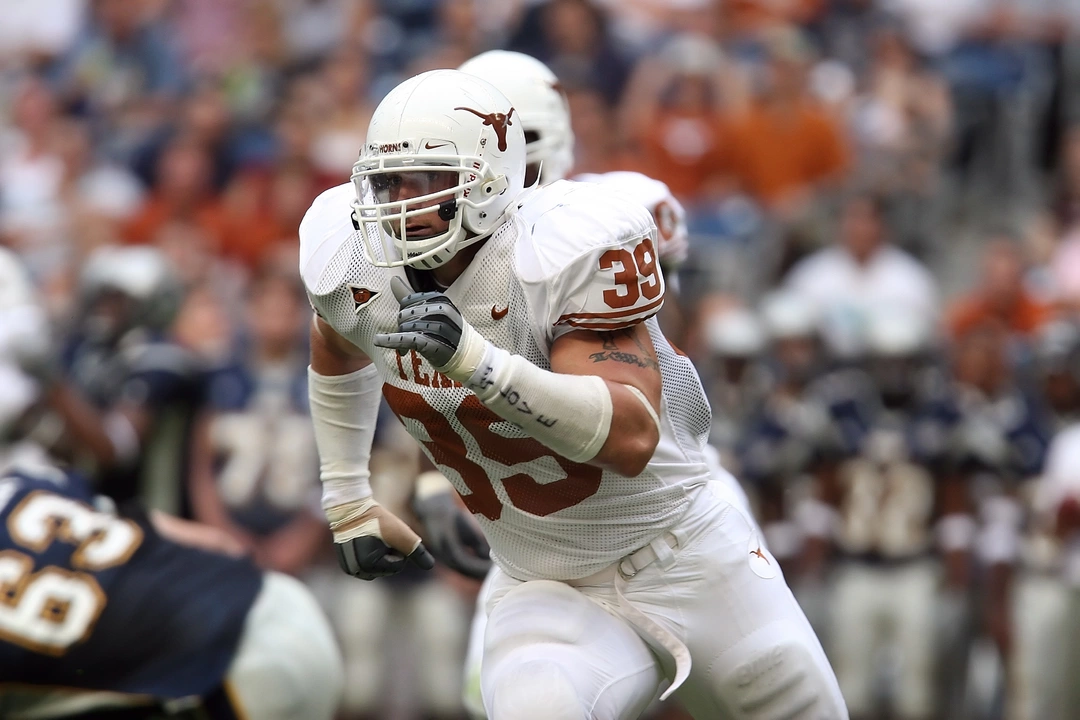Sports and Popularity: Why American Football Beats Soccer in the US
Ever wondered why you hear more chatter about the NFL than the Premier League? It’s not just about the size of the ball. The story starts with history, culture, and a few savvy business moves. In this article we’ll break down the real reasons American football outruns soccer in the United States, and what that means for fans and players alike.
History and Culture Shape Preferences
American football grew up alongside the country itself. Early 20th‑century colleges turned the sport into a local tradition, and the NFL later took that pride to a national stage. Soccer, on the other hand, was imported much later and never became part of the American identity the way football did. When you watch a game on a Saturday night, you’re not just seeing a sport—you’re seeing a piece of history that families have passed down for generations.
The rivalry between schools, the Super Bowl hype, and the myth of the "gridiron" all feed a sense of belonging. That feeling is tougher to create for a game that feels foreign to many kids growing up in the suburbs. The cultural fit makes a big difference in who picks up a ball and who stays on the couch.
Marketing, Media, and the Fan Experience
Football knows how to sell itself. Massive TV contracts, prime‑time slots, and flashy halftime shows turn each match into an event. The NFL’s marketing machine pushes storylines about star players, dramatic comebacks, and hometown heroes. Soccer’s coverage in the US is often limited to a few channels and less aggressive promotion, which means fewer casual viewers get hooked.
Beyond TV, football offers a packed stadium experience. The roar of a crowd, the halftime fireworks, the tailgate parties—these rituals keep fans coming back. Soccer matches can feel quieter, especially in a country where the sport isn’t as deeply rooted. When you combine high‑stakes drama with constant media buzz, it’s no surprise football steals the spotlight.
Another factor is the business side. Sponsorship deals, merchandise, and fantasy leagues all add layers of engagement for football fans. The more ways you can interact with the sport, the more you invest emotionally and financially. Soccer is catching up, but the gap remains wide in the US market.
So what does this mean for aspiring players? If you’re training at Football Academy Alliance, you’ll find that many young athletes gravitate toward football because it offers clearer pathways to scholarships, media exposure, and even professional contracts. That doesn’t mean soccer is a dead end—it just faces a steeper climb to the same level of fame.
Bottom line: American football’s popularity isn’t a fluke. It’s the result of historic roots, cultural identity, aggressive marketing, and a fan experience that feels like a celebration. Soccer is growing, especially with the rise of Major League Soccer, but it still has work to do to match the all‑American appeal of the gridiron.
Whether you’re a player, a coach, or just a sports fan, understanding these dynamics helps you see why the NFL dominates the headlines. And if you want to be part of the next generation of athletes, the right training and mindset can give you a leg up in whichever sport you choose.

As a passionate sports enthusiast, I've always been curious about why American football became more popular than soccer in the United States. After researching this topic, I found that American football has its roots deeply ingrained in American culture and history, while soccer was introduced much later. Additionally, American football is often seen as a symbol of national pride, as it is uniquely American, unlike soccer, which is played worldwide. The intense rivalries and high-stakes nature of American football games also contribute to its popularity, as fans love the excitement and unpredictability of the sport. Lastly, the marketing and commercialization of American football have played a significant role in boosting its popularity and transforming it into a lucrative industry. (Read More)





